Queshi Scenic Area & This N That Soup
Saturday, January 30, 2010
 Shantou, Guangdong, China
Shantou, Guangdong, China
Hey Hey and a Big G'Day toya,
Wha was the name of that Motorhead album?
That's right.....Another Perfect Day!
Connecting to Shantou across the Queshi Bridge is Queshi town which has been known by the local people throughout the 19th century as Kakchio and was the main site for the American and British Consulates of yesteryear. Today the area is a scenic park and some of the structures are somewhat preserved from its earlier history. It became a city/town in 1919 but sadly 1922 saw the devastating Swatow Typhoon, which killed 50,000 out of the 65,000 people then inhabiting the city.
Today I decided to hit the green patch (known as Queshi Scenic Area) which can be found on the other side of the Rong River on my map. I can’t say I got to see much of what I think it has to offer but I had a wonderful day none the less. Yesterday from my side of the river I spotted a huge pagoda and several pavilions scattered throughout the far away hills so I decided simply to make the huge pagoda my destination for the day. This morning I slowly made my way towards the port area and dropped into my favourite noodle eatery to fill myself full of energy.
Even though I’ve only eaten there three times they now understand what I am after.
A different bowl of noodles each time I drop in and one that can happily be photographed.
For those who want the most amazing seafood noodle soup head down Shangzhang Lu towards the river and when you come to the end at the T intersection on the left hand side you will find the most amazing bowl of 'this and that’ seafood noodles that Shantou has to offer and this morning my friends met their challenge with ease. Proudly, yet a bit worriedly they placed before me a huge bowl of not only seafood but also bits and pieces. Along with tiny legs with suckers, prawns, fish and other watery delights there were some of my other landish favourites such as pigs blood, heart, stomach and throat lining and other delicious internal offerings and to their surprise and satisfaction I could tell them what each was either by word or by pointing to that part of my own body.
To this they giggled and clapped and offered me another bowl but as I’d already had my fill I declined and sadly told them I was leaving tomorrow and said my goodbyes.
I then made my way to the river side and headed to the People’s square where across from I thought the ferry terminal would be found and thankfully I was right. The journey across the river cost one Yuan, took only five minutes and after arriving I decided to walk the entire way to my destination, the Baihuajian Temple. I can’t say I’d walk it again as the journey really didn’t offer much in the way of scenic beauty so instead I’d grab a five Yuan Tuk Tuk from outside the Bus/Ferry terminal.
When I finally arrived what I found though was well worth the walk.
Within the Baihuajian Temple statues of Chinese Immortals are enshrined and the front part of the temple has been built in the style of temples of Chaoshan area, while the rear has taken on the shape of a palace. Two stone lions, two kapok trees, two ancient cooking vessels and two pillars engraved with entwining dragons stand in front of the temple. Being a combination of various precious folk arts, the temple reflects vivid culture of Chaoshan Area and is well worth the visit.
The ten storey pagoda also offers some awesome panoramic views as does the pavilion that can be found at the top of a small mountian just a five minute walk back towards Queshi town. It’s only a short ten minute climb and hopefully for those who do chose to climb it they are not met with a huge fart from a fat elderly Chinese man that I was met with and after waiving the smelly man and his family good bye I took a short break and kicked back to relax and enjoy the stunning views that surrounded me.
I then headed back to Queshi town for a pick and point lunch and after a walk around town.
After scanning my map and not wanting to waste day light I found and scooted off to the Shengmu Temple which can be found at the opposite end of the scenic area and not far from the Queshi Bridge. Though the temple wasn’t worth the walk the following hour I spent with some children from a local village made the journey well worth the effort and a heap of fun. Their village has been built around a small lake and they proudly showed me their homes where I got to say 'hellow' to some rather bemused and befuddled parents who then in return for my 'hellow' they wanted to show me their local temple.
As always this leaves me breathless as to how wonderfully accommodating the Chinese people really are.
As darkness began descending I said my goodbyes to all and slowly began dragging my weary legs back towards the bus/ferry station. When I arrived on the mainland I was met by my beautiful friend who treated me to a delicious ‘frogs legs and seafood’ soup after which we grabbed a few too many cold beers and headed back to my hotel to relax.
Have a read of the following, I didn't change a single word….please enjoy.
So descriptive and wordy and wordy and wordy!
A SHORT AND FUN DOWN ON THE QUESHI SCENIC AREA
Queshi scenic and historic interest area is located to the south of Shantou Port and oversees the northern part of the urban district. The seas on the east, the west and the north surround this place. It is adjacent to the land on the southwest. This scenic area covers an area of 20.77 square kilometers in which the land area is about 13.47 square kilometers and the sea area is 7.3 square kilometers. Queshi scenic and historic interest area is divided into six scenic areas: Xiaoshi Scenic Area, Tasha Scenic Area, Yanfeng Scenic Area, Xianglu Mountain Scenic Area, Bijia Mountain Scenic Area and Su’an Scenic Area. Most scenic spots are centralized in Tashan Scenic Area.
Ranking first of the top eight attractions of Shantou City, the Queshi Scenic Spot is separated from the city by the Que Shi Sea in the south of the Shantou Gulf. Surrounded by vast stretches of blue water on three sides, it is just like a miniature garden sitting in the sea. Characterized by superb subtropical beaches and seashore scenery, the scenic spot is an excellent integration of imposing sea, magnificent mountains, rare stones and mysterious caves.
In this scenic spot, the 43 hills presenting different postures are covered with evergreen trees and decorated naturally with crystal-clear springs, providing a nice escape from the summer heat. Climbing up and standing on the top of the hills, you can have a bird's-eye view of the entire gulf and you will be captivated by the picturesque marine beauty. Along its coastline, the beautiful beaches and seashore bathhouses enable you to enjoy the inviting sea water as well as other sea-related entertainments. The scenic spot is divided into six parts, respectively, Entry, Tashan Scenic Spot, Yanfeng Scenic Spot, Su'an Scenic Spot, Xianglu Hill and Bijia Hill.
The entry sits to the north of the scenic spot, and is the marine gateway between Shantou City and the scenic spot. It features historical western style buildings which were built in the past centuries, including the former British Consulate, the former Germany Consulate, church and customhouses. In addition, there is also natural attraction such as the Seashore Park which covers an area of over 14 hectares (35 acres). The park consists of the East Lake and the West Lake; the former is now a natatorium and aquatic amusement place and the latter is a fishing village.
This place is also well known for its granite geography. You can see various shaped granite stones on the hills. They are in the form of human beings or animals or plants, leaving you to imagine beautiful stories about them. The 1,200-meter (3,937 feet) long Chuihong Cave is composed of nineteen varied granite caves and it is the longest one of its kind in China. With small caves inserted in or connected to other caves, this spectacular cave is mysteriously deep and magnificent; therefore, it is reputed as the top attraction of Chaoshan Area.
This attraction is remarkable for its picturesque hills, steep gorges, grotesque rocks and deep caves. The You Gu Song Tao (soughing of the pines in retired valley) is encircled by stone paths of about 2,000 meters (6,562 feet) long. Six natural caves and more than ten pavilions are scattered in this spot. When winds come, there will be continuous soughing of the pine trees, sounding like roaring ocean waves. The refreshing air and the enchanting natural beauty will make you want to linger with no thought of leaving.
Beers N Noodles toya…..shane
___________________________________________________________
The soundtrack to this entry was by a JJJ Hottest 100 CD.
The year was 2007 and thank you very much Aussie Judy for sending it!
____________________________________________________________
Other Entries

 Shantou, Guangdong, China
Shantou, Guangdong, China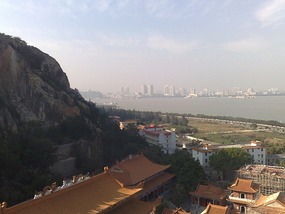

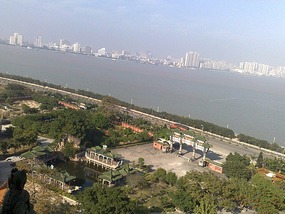
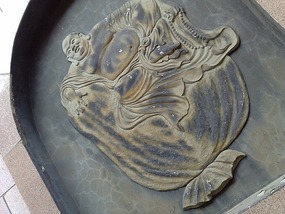
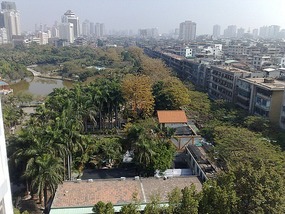

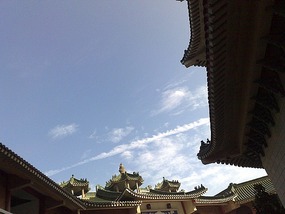
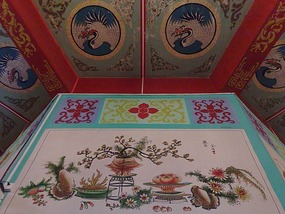

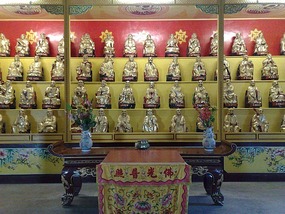
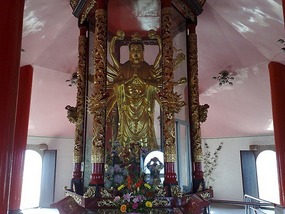
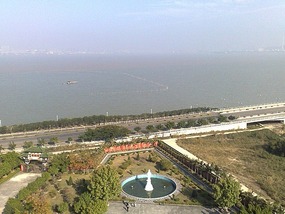
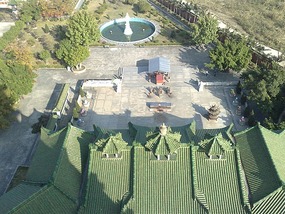
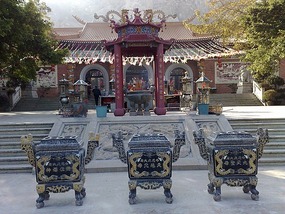
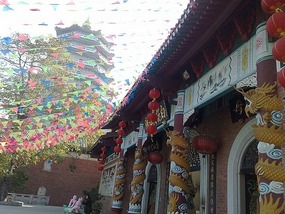
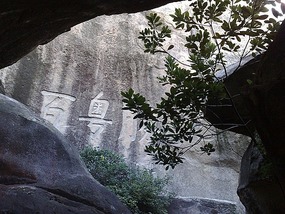
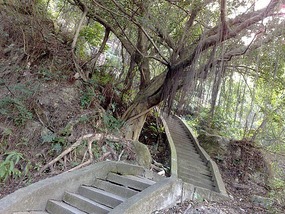
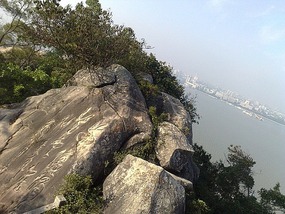
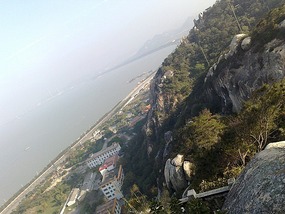
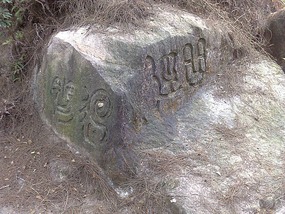
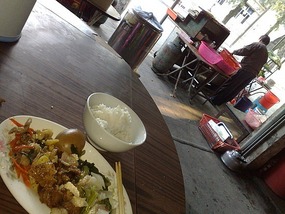
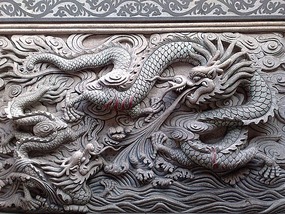
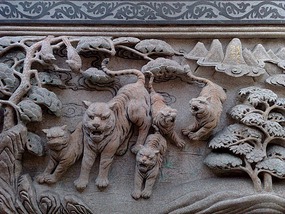
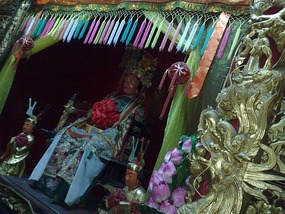
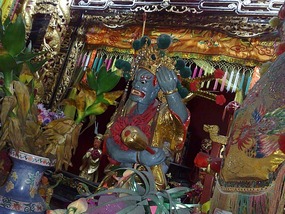

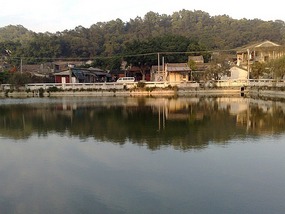

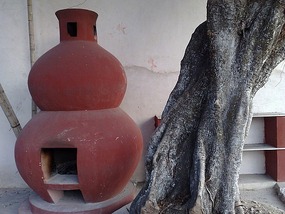
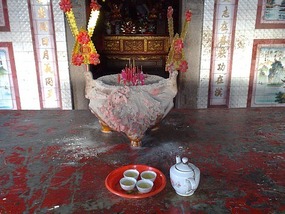
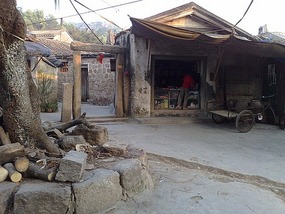
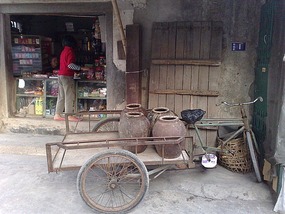
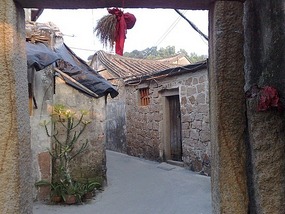
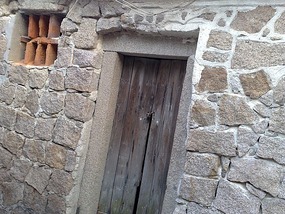
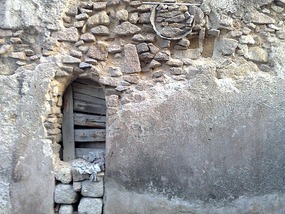
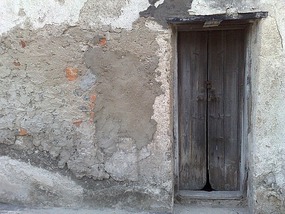
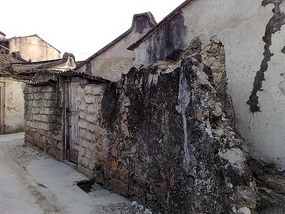
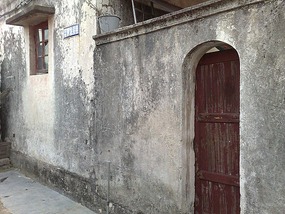
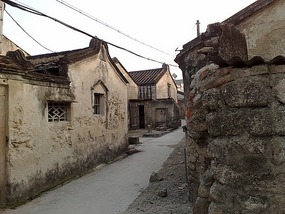
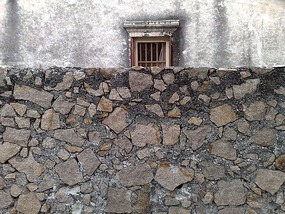
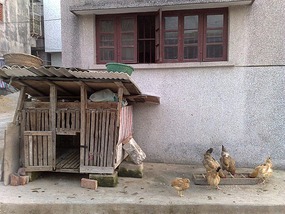
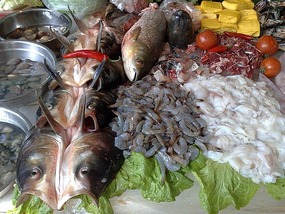
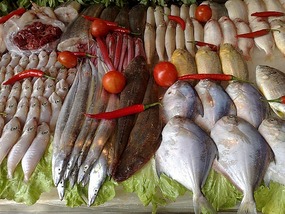
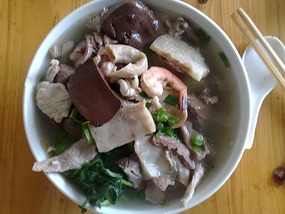
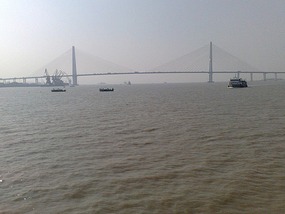
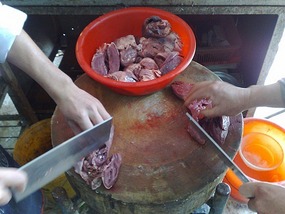
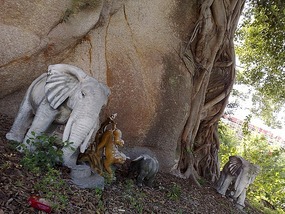
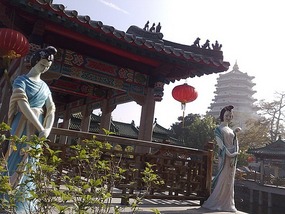


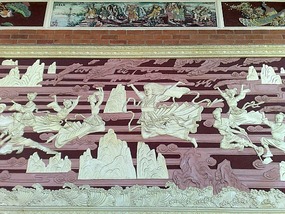
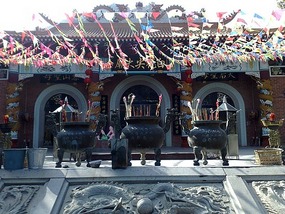
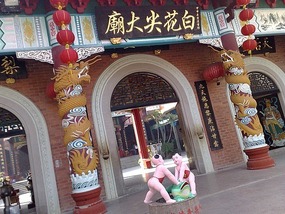
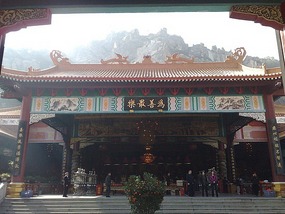
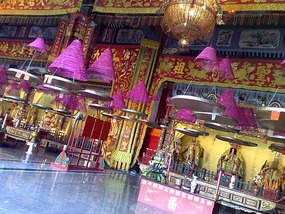
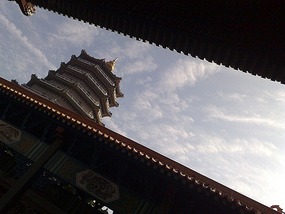
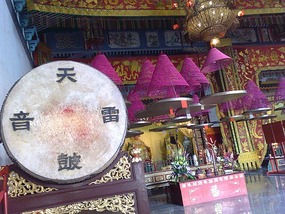
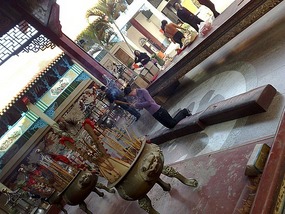

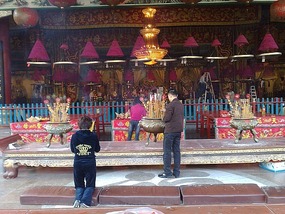
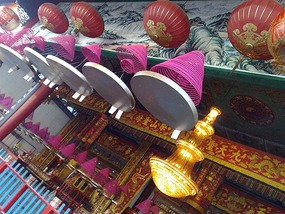

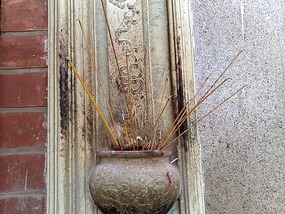
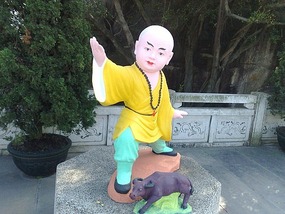
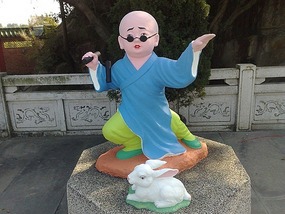
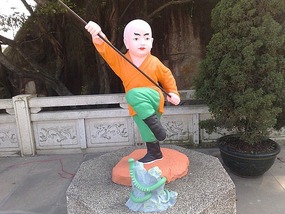
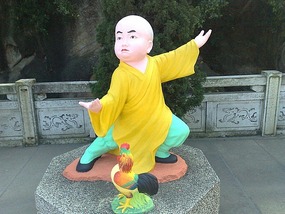
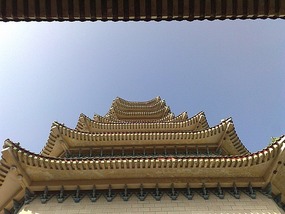
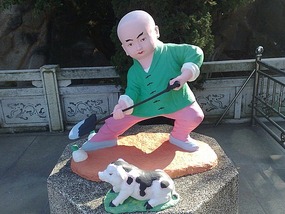
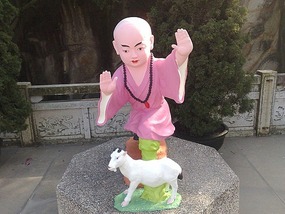

2025-05-22